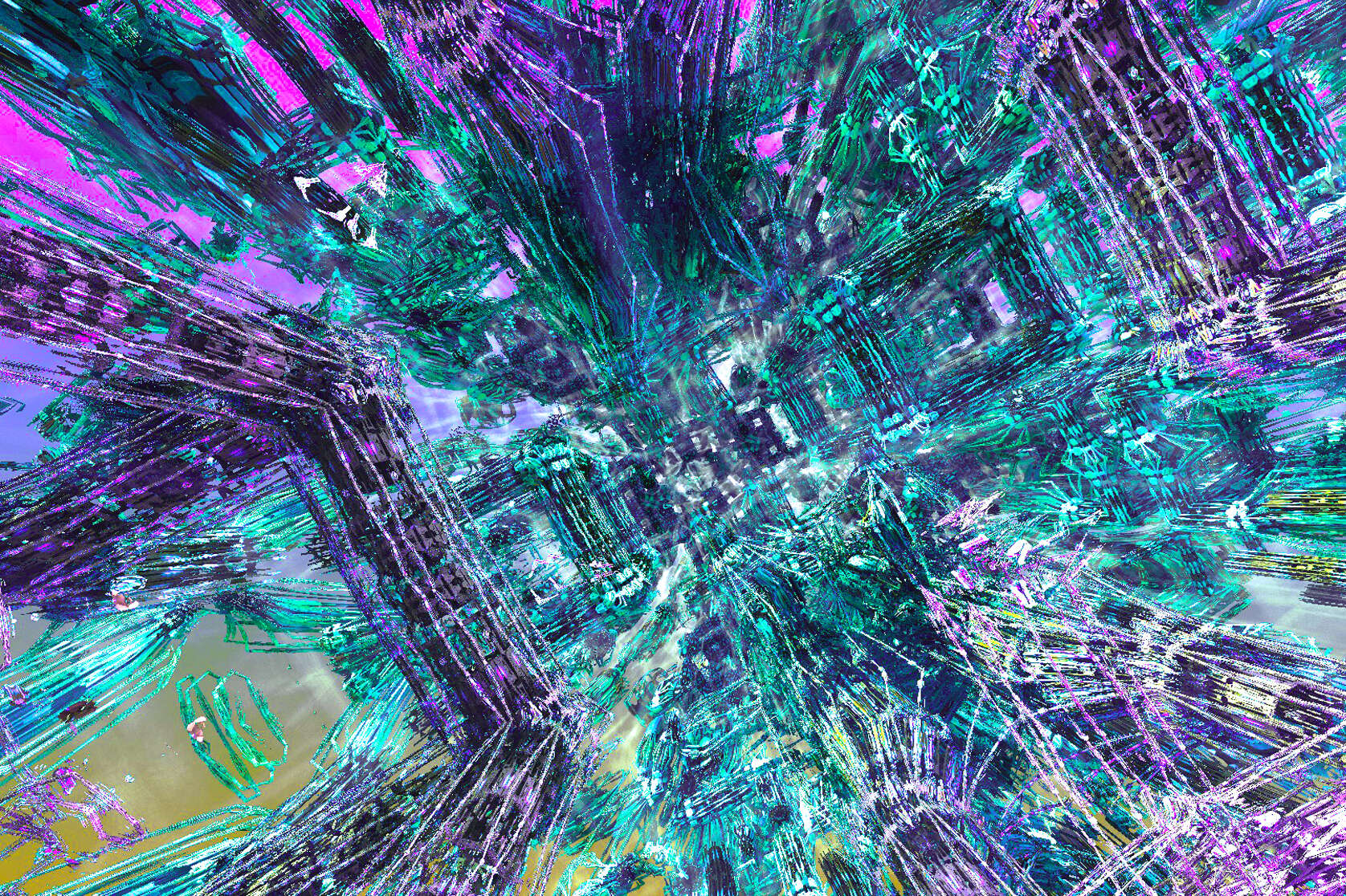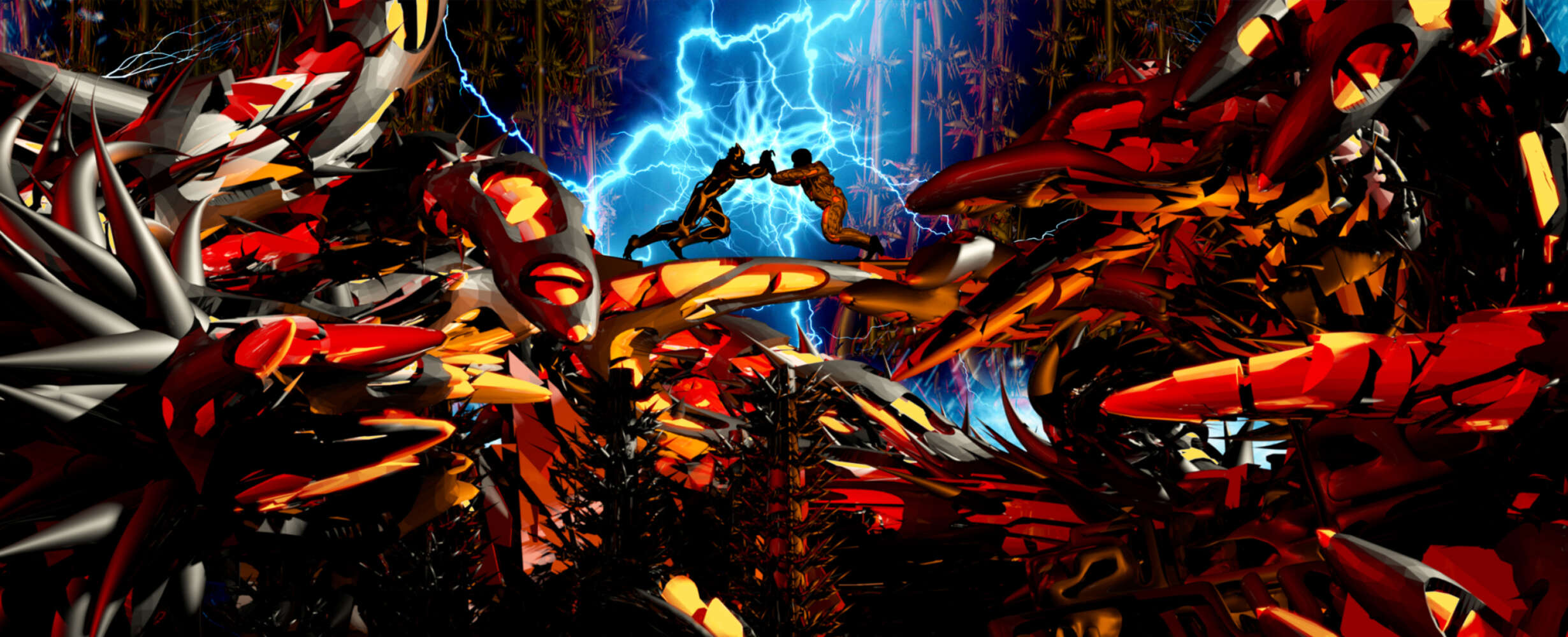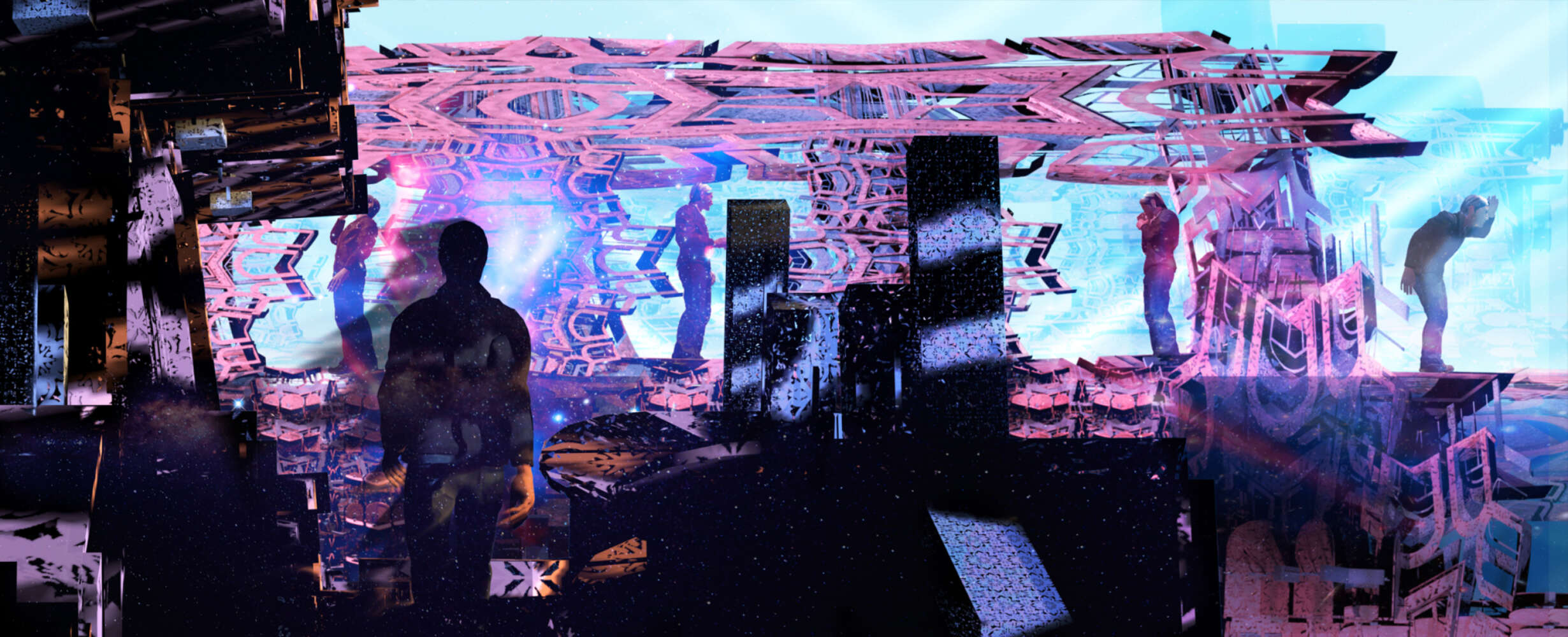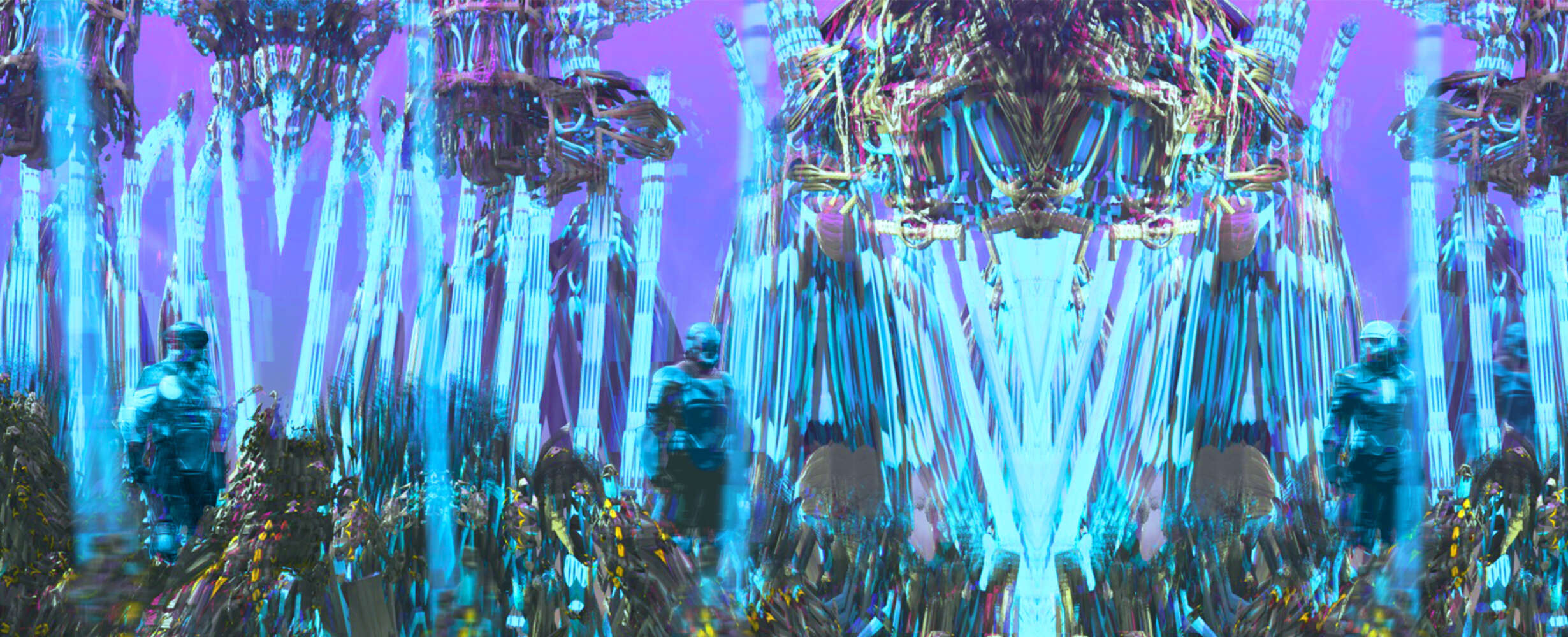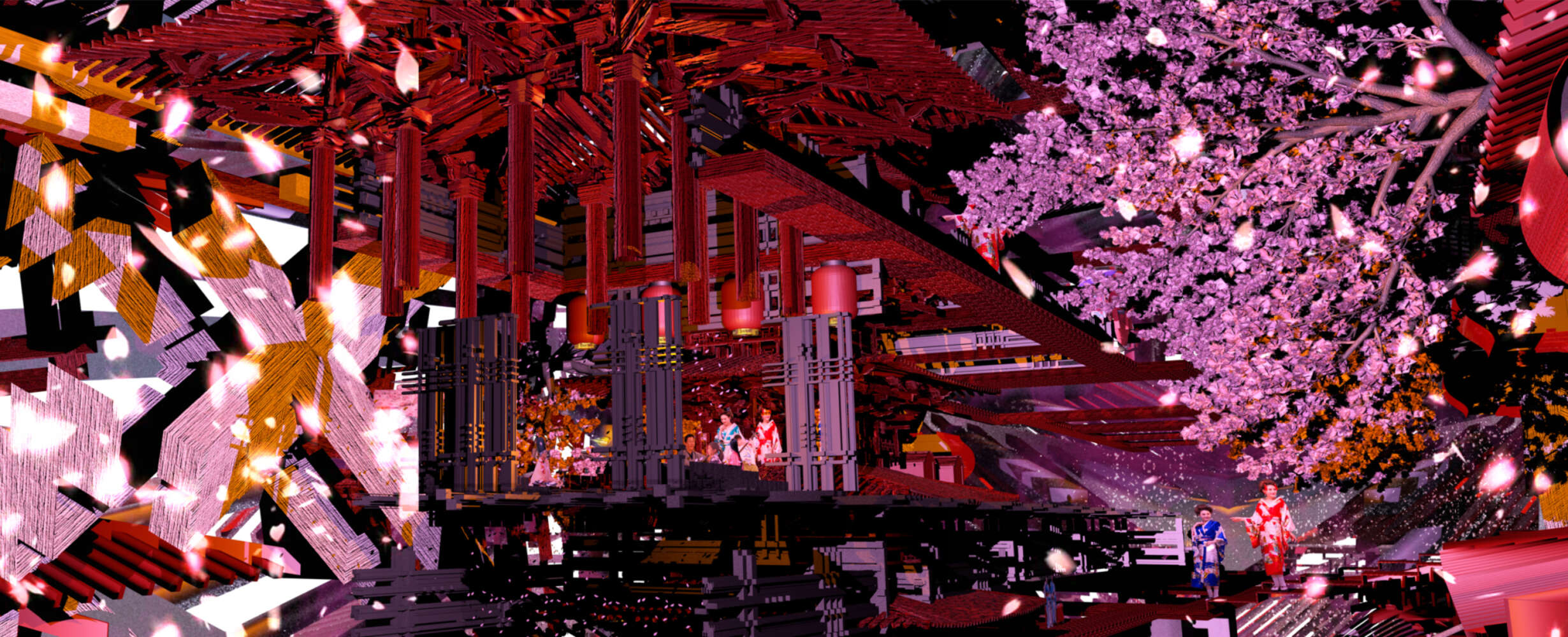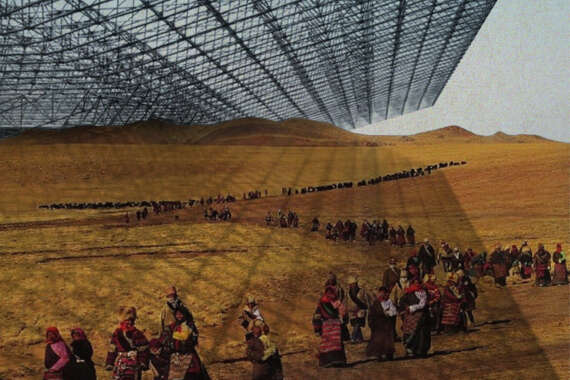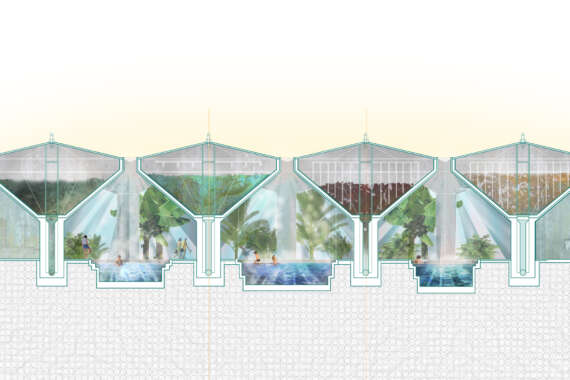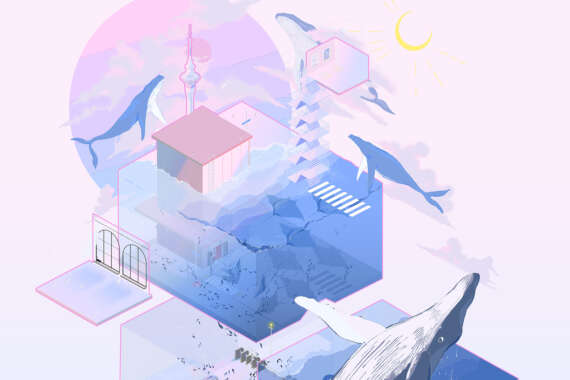To understand the appeal of virtual world found in today’s video games, this thesis elaborates on the four ludic qualities of games classified by Roger Caillois: Agon (contest), Alea (chance), Mimesis (mimicry), and Ilinix (illusion). The meanings of these are re-interpreted from a personal view, and are used to select significant experiences. Rather than exact records, one’s subjective experiences omit unimportant features while exaggerating the important to the individual creating a new virtual architecture.
The source of inspirations is an eclectic mix of spaces originating from different countries and across different ages, resulting in the four distinct virtual worlds. By basing the virtual on the individual’s reality, they are no longer disconnected spaces, but they bear influence on each other. This process of selecting, extracting, transforming, and creating new virtual architecture, allows one to actively reflect and further explore the qualities they value from the real spaces. This considers not only what is brought into the virtual, but also what is learnt on the return to reality. This transcends beyond what is possible in the physical world without fully detaching from it.
